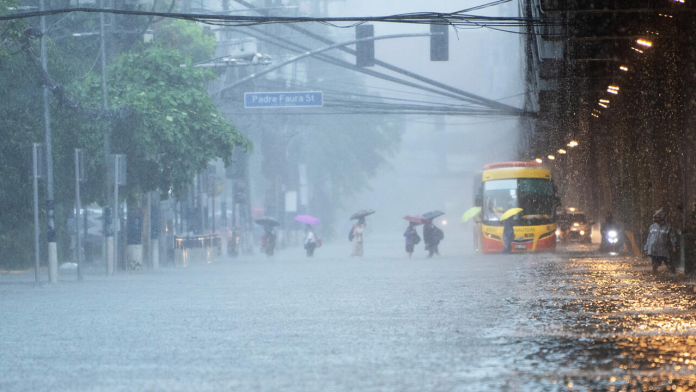Typhoon Co-May intensified seasonal monsoon rains across the Philippines’ northern Luzon region on Friday, exacerbating a week of catastrophic weather that has claimed at least 25 lives and displaced 278,000 residents, according to AP News.
The storm made landfall near Agno, Pangasinan province, with winds reaching 120 kph (74 mph) before weakening to 85 kph (53 mph). Though not directly blamed for new casualties, Co-May (locally named Emong) amplified flooding and landslides that have submerged villages, destroyed nearly 3,000 homes, and prompted mass evacuations.
Disaster authorities confirmed fatalities resulted primarily from electrocutions, flash floods, and landslides since the previous weekend, with eight individuals still missing. Over 80 towns and cities declared states of calamity to accelerate emergency funding and price controls on essentials.
The crisis mobilised thousands of military personnel, police, and volunteers conducting rescues in isolated communities where landslides blocked access routes.
The United States pledged $250,000 to the UN World Food Programme for relief efforts, with Ambassador MaryKay Carlson stating:
We are tracking the devastation caused by the storms and floods and are deeply concerned for all those affected.
The US offered military aircraft for aid airlifts through the Enhanced Defence Cooperation Agreement (EDCA), which previously enabled joint humanitarian missions during earlier typhoons.
Co-May represents the fifth major weather disturbance since the rainy season began, with forecasters anticipating over a dozen more tropical storms this year. The Philippines consistently ranks as the world’s most disaster-prone country, topping the World Risk Index for 16 consecutive years.
